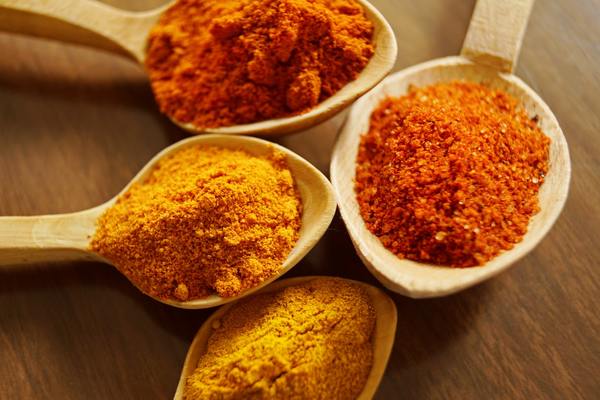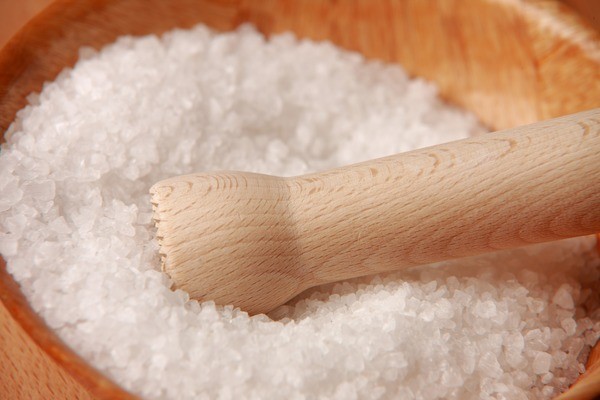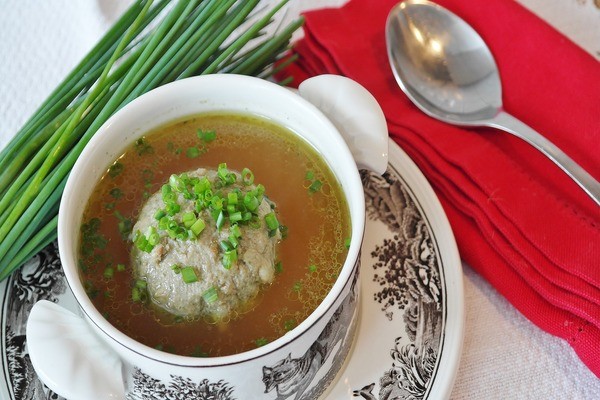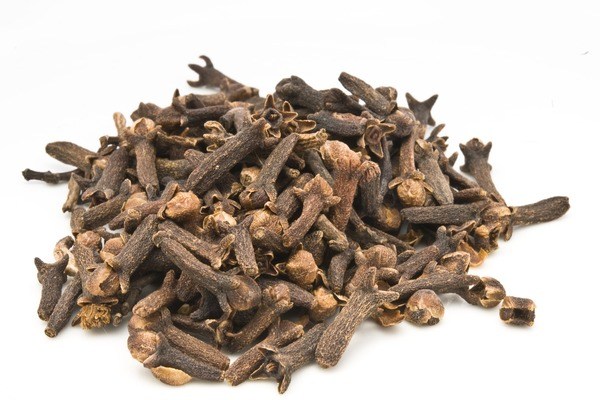
The pharmaceutical industry has made it easy for anyone to abuse over the counter medication, especially pain relievers. However even the mildest pain killer has side effects to the body if administered too frequently.
It is easy to overdose. In fact, acetaminophen in the number one cause of preventable liver failure worldwide. Nothing else even comes close. These medications certainly have their place, but why not attempt a natural remedy first?
There are natural remedies which are more or equally as effective as over the counter medicines and come with virtually no dangerous side effects. They include:-
- Tumeric

Besides tasting delicious, turmeric contains a compound called curcumin which is a powerful antioxidant and anti-inflammatory.
It both prevents free radical damage to your cells and reduces the swelling that occurs in damaged tissues. A great deal of pain is caused by inflammation, which is why OTC ibuprofen, an anti-inflammatory more than a direct painkiller, is so often used for pain.
2. Williow Bark

Willow bark is actually quite similar to a common OTC painkiller because it contains salicin, a close relative of acetylsalicylic acid, i.e. aspirin. People have long chewed willow bark to relieve aches and pain, lower fevers, and reduce inflammation. These days, willow bark is sold dried for use in teas, or as a liquid or capsule supplement.
Because willow bark is so closely related to aspirin, it carries similar side effects. Prolonged use may upset the stomach, increase your risk of bleeding disorders, and slow down kidney function. It is not recommended for children and should not be mixed with other painkilling medications. Willow bark is not safe if you’re taking warfarin or any other anticoagulant medicines because of its association with bleeding disorders.
3. Epsom Salt

Sometimes an external remedy is just as effective as something you ingest. Epsom salt is a prime example. Soaking in warm water with Epsom salt can relieve bone and joint pain as well as muscle soreness. This treatment can also be a lifesaver for women with post-childbirth soreness and for anyone with arthritis or fibromyalgia.
It works because Epsom salt breaks down into magnesium and sulfate when dissolved in water, which then penetrates to painful areas. Magnesium, especially, has been found to play an important role in the way pain signals are sent from brain to body. It also helps regulate muscle contractions and reduces the symptoms of depression.
4. Bone Broth

Bone broth also adds collagen, proline, glycine, and glutamine to Western diets now largely lacking these critical elements. Made from bones, marrow, and skin, bone broth is very flavorful and contains many nutrients that can reduce pain.
For example, bone broth contains chondroitin sulfate and glucosamine, which you might otherwise be dropping big bucks for in the form of a supplement. Due to its gelatin content, bone broth lubricates and reduces friction in your joints. The amino acids glycine and proline work to reduce inflammation, build muscle, and repair tissue.
5. Cloves

Cloves are a sweet and spicy herb that can relieve pain whether eaten or applied topically. Cloves come whole, powdered, or in oil. Many people use clove to treat headaches, arthritis and other forms of inflammation, and toothaches.
The painkilling compound in cloves is called eugenol, and it is found in lots of OTC ointments for pain. Straight clove oil can also be applied to gums in the case of toothache or to sore joints and muscles, but too much clove oil can damage skin so avoid using it for days on end. People who take blood thinners should skip cloves all together.
6. Comfrey Extract

A promising study of comfrey root cream has shown that it can do wonders for people with back pain. In the study, 95% of participants who received the comfrey cream as opposed to a placebo reported a significant reduction in their pain. Other studies have found similar results in the treatment of arthritis and ankle sprains.
Researchers think comfrey works because the roots and leaves contain allantoin and rosmarinic acid. It’s the rosmarinic acid that reduces inflammation and relieves pain, but allantoin is credited with accelerating the growth of new skin cells. However, comfrey should only be used externally as there is some concern that it may be carcinogenic when consumed.
7. Heat And Ice

Often used in conjunction with other medications, you may want to try the process of alternating heat and ice before popping any pills. Used together, this is one of the very oldest and most effective ways of knocking out pain caused by an injury or chronic inflammation. However, it needs to be done in the correct order to work.
First, apply ice to the site of your pain. This not only reduces swelling and inflammation, it numbs the area. Make sure to keep a towel between your skin and the ice to prevent ice burn. Then, after no more than 30 minutes, remove the ice, let the affected area return to room temperature, and apply heat. Once the inflammation has been reduced by cold, heat relieves stiffness and relaxes muscles that have contracted around the painful area.